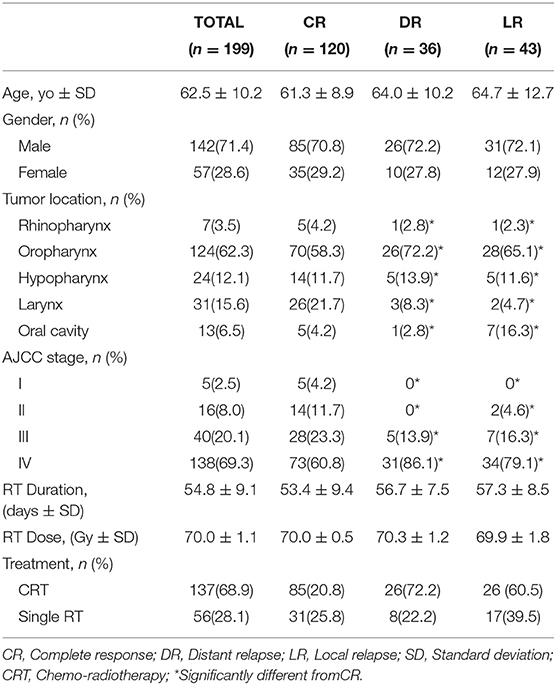
Display dominance diagrams to make a visual comparison of the samples.Use an F-test to test the equality of variances and help you choose between the t-test and the z-test.Choose the Monte-Carlo method or the asymptotic p-value method for the computation of the p-value.Choose between three different alternative hypotheses.Run a two-sample test for independent or paired samples.XLSTAT provides a complete and flexible two-sample t-tests and z-tests feature that proposes several standard and advanced options that will let you gain a deep insight on your data: The t and z tests are known as parametric because the assumption is made that the samples are normally distributed.

A distinction is made between independent samples or paired samples. The calculation method differs according to the nature of the samples. These two tests are used to compare the means of two samples, in other words, they allow us to test the null hypothesis of equality of the means of two groups (samples). The Z-test and Student's t-test are used to determine the significance level of a set of data. Hypothesis testing is an important concept in statistics. These methods are widely used when it comes to inferential statistics and enable to test a general hypothesis called the null hypothesis. 1: α-Pinene isomer 2: Camphene 3: o-Cymene 4: 3-Carene 5: α-Myrcene 6: α-Terpinene 7: o-Cymene isomer 8: Limonene 9: Linalool 10: Endo-borneol 11: Terpinen-4-ol isomer 12: Terpineol isomer 13: Elemene isomer 14: Carvacrol 15: Carvacrol isomer 16: Carvacrol isomer 17: Coapene isomer 18: α-Copaene isomer 19: Cariophylene isomer 20: Cariophylene 21: α-Guaiene 22: Humulene 23: α-Bisabolene 24: Methanethiol 25: Allyl isothiocyanate 26: Diallyl disulphide 27: Dipropyl disulfide 28: Allyl trisulfide 29: Diallyl sulfide 30: 2-Ethyl dithiane 31: Allyl-2-isopropyldisulfane 32: (E)−1-(Prop-1-en-yl)−3-propyltrisulfane isomer 33: 3,4-Dimethyl-thioene 34: Dimethyl-disulfide 35: Dimethyl trisulfide.Two-sample t-test and z-test are popular parametric tests in statistics. UM: unmarinated moose, UB: unmarinated beef, MM: marinated moose with unfiltered beer based marinate 1, MS: marinated moose with unfiltered beer based marinate 2, BM: marinated beef with unfiltered beer based marinate 1 BS: marinated beef with unfiltered beer based marinate 2. PCA biplot performed with the abundances of the volatile terpenes and thiols detected in the headspace of unmarinated and marinated grilled moose and beef, together with the scores of sensory attributes as supplementary quantitative variables. Grilled ruminant meat Principal component analysis SPME-GC/MS Sensory analysis Unfiltered beer-based marinades Volatile metabolites.


PCA clustered marinated and unmarinated meats based on the presence and abundances of volatile terpenes, thiols and consumer sensory attribute scores.XLSTAT PCA output successfully reduced the number of variables into 2 components that explained 90.47% of the total variation of the data set.PCA was conducted to determine the correlations between the abundances of volatile terpenes and thiols and sensory attribute scores in marinated grilled meats, as well as to analyze if there was any clustering based on the type of meat and marination treatments employed. As a case of study, multivariate analysis is used to study the effects of unfiltered beer-based marination on the volatile terpenes and thiols, and sensory attributes of grilled ruminant meats.
#XLSTAT 2 VARIANCES SOFTWARE#
Interests in XLSTAT as statistical software program of choice for routine multivariate statistics has been growing due in part to its compatibility with Microsoft Excel data format. Principal component analysis (PCA) is an unsupervised multivariate analysis technique that simplifies the complexity of data by transforming them in a few dimensions showing their trends and correlations. Multivariate statistics is a tool for examining the relationship of multiple variables simultaneously.


 0 kommentar(er)
0 kommentar(er)
